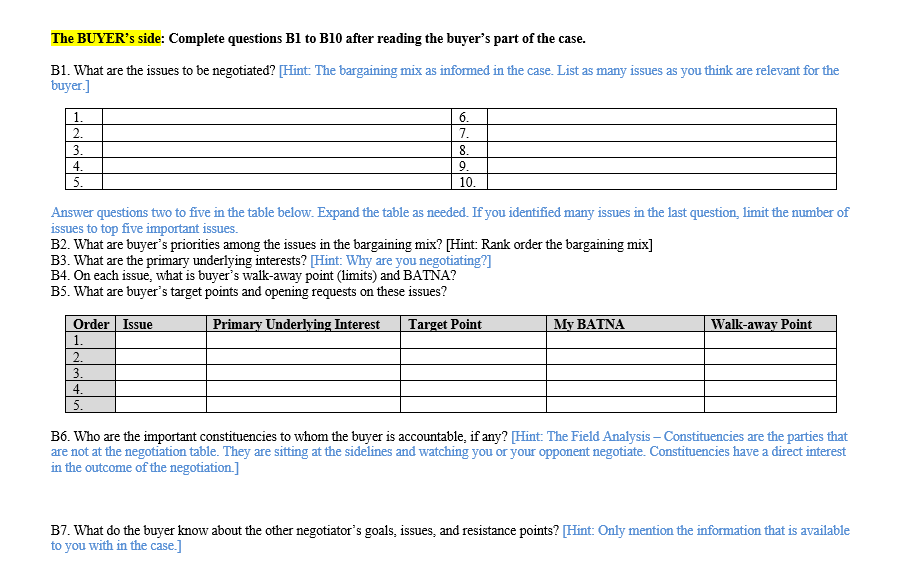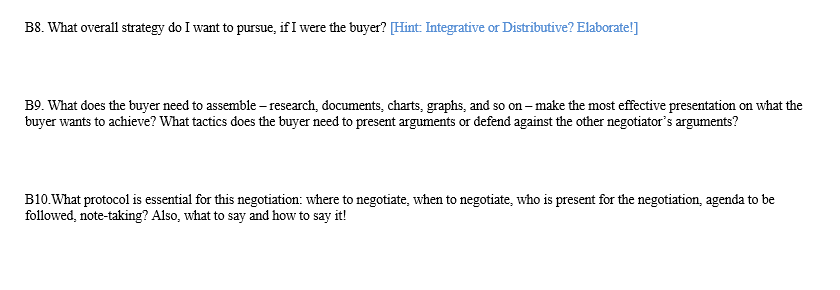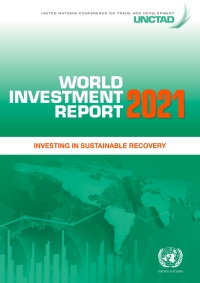Question
The Cinnamon case: Sales negotiations (Role Play) - (B) The buyer You are the owner of Offshoot Intermediaries Limited, a family-run enterprise that offers various
The Cinnamon case: Sales negotiations (Role Play) - (B) The buyer
You are the owner of Offshoot Intermediaries Limited, a family-run enterprise that offers various drug formulations and baby food products. You enjoy a healthy market share in the baby food market. You also have a good reputation within the market because you are very prompt in your payment terms.
Your contacts in the government inform you that an ordinance is going to be issued that mandates the use of a specific set of ingredients in baby foods; one of these ingredients is high-grade cinnamon. The government also announces a price subsidy of 10 per cent for the manufacturers of baby foods who use high-grade cinnamon powder in their products.
As soon as you hear this news, in terms of your relationship with the government, you recognize it as a chance to re-establish your image, which was tarnished when the government discovered a quality issue with one of your drug formulations. This incident resulted in a lot of bad publicity for Offshoot, due, in particular, to the fact that the government took strict action against your company.
As a result of the above issue, the government is not willing to extend its price subsidy to your company. You have been conscientious about following up with the Food and Drug Authority (FDA) Commissioner since the problem occurred, and you view the upcoming ordinance as a valuable opportunity to regain the government's confidence in your company and its products.
In the meantime, you discover that Mahek Masala has a 1,000-kilogram lot of premium-quality cinnamon powder for sale. You show an interest in buying the entire lot of 1,000 kilograms from Mahek Masala, but, as of yet, you have not disclosed your price to the seller or to anyone else. You know from experience and from market sources that since these goods are a highly specialized commodity, their prices are not usually established, but your best estimate for cinnamon of such high product quality will be around Rs. 380 per kilogram. As a result of your interest, the owner of Mahek Masala is coming meet with you. He has no idea of the price you have in mind.
You have an alternative supplier in the picture as well. You know that this seller's product quality may be inferior to Mahek Masala's. The price offered by the alternative supplier is Rs. 310 per kilogram. Your highly skilled purchase executive tells you that if you buy 30 per cent of this inferior-quality product and 70 per cent of the high-grade product, the mixture of the two would casily meet FDA standards. You are not cager to consider this proposition by the purchase executive, mainly because you have already had a quality issue with the FDA.
Just a day before the meeting with Mahek Masala, the FDA commissioner agrees to meet with you. You appear before the commissioner and the government counsel and plead your case. After a great deal of discussion, they finally agree to your request for leniency and they make you sign an undertaking to maintain the quality of your products and to adhere to all requirements as laid down under the law. Furthermore, as an additional requirement, you must agree to supply baby food to govemment-run children's homes, free of cost. Your calculation suggests that you would need around 100 kilograms of cinnamon powder for this purpose. In exchange for signing this obligation, the FDA commissioner grants you an additional price subsidy of 17 per cent for all your baby food production, thus taking the total price subsidy to 27 per cent.
You know this situation represents a once-in-a-lifetime business opportunity, one that would allow you to finally go ahead with the planned increase of your manufacturing capacity. For this reason, you would be willing to consider paying up to Rs. 600 per kilogram in order to fulfill this order. You think this price would still allow you to make a profit of Rs. 230 per kilogram. The additional 17 per cent subsidy is not public knowledge.
You are going to meet the owner of Mahek Masala in the next couple of minutes. Calculate the price you should offer him. As a buyer, your goal is to get to the lowest possible purchase price so that, along with the additional subsidy, you can maximize your profits.
PARTICIPANT'S NOTE: For the sake of brevity and better understanding, please confine yourself to only those facts mentioned in the case study. Do not make any assumptions or guesses. Any calculation should be rounded off to nearest rupee.


Step by Step Solution
There are 3 Steps involved in it
Step: 1

Get Instant Access to Expert-Tailored Solutions
See step-by-step solutions with expert insights and AI powered tools for academic success
Step: 2

Step: 3

Ace Your Homework with AI
Get the answers you need in no time with our AI-driven, step-by-step assistance
Get Started


